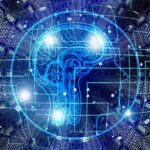What are the application areas of artificial intelligence?
Voice recognition: In order for computers to recognize sounds, frequencies are created by digitizing microphone and sound. Letters or words from the frequencies in question are tried to be understood…

